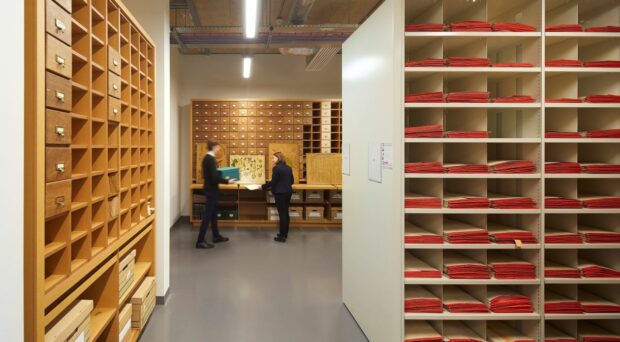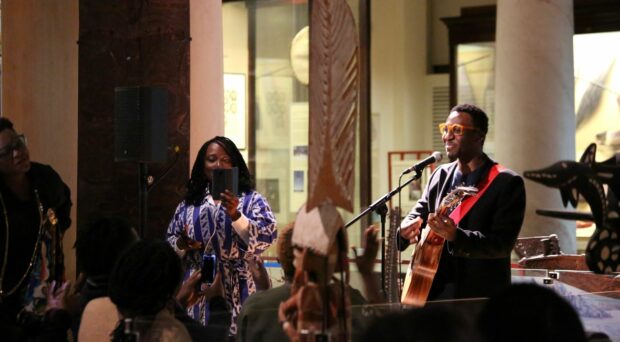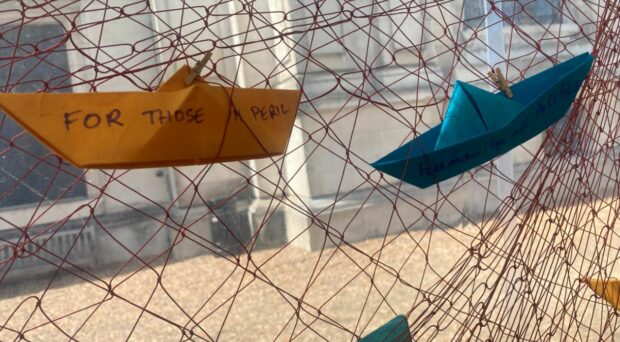Since starting as the Digital Engagement Specialist at the University of Cambridge Museums, a repeating question has been ’What actually is Digital Engagement?’
So, as part of my strategic planning I’ve been identifying what Digital Engagement means for the University of Cambridge Museums, as well as how we can make it happen:
Digital is not something separate, it is a part of everything. It provides new technologies to engage audiences – digital is not the difficult part, engagement is.
Engagement is fundamentally about attention and relevance. This is hard to attain as it is not so much about what we want the audience to do, but what the audience wants and what they walk away with. This can be an idea, a piece of knowledge, a shared experience, inspiration, or a connection.
Digital Engagement is not just digital, but stretches across the whole visitor experience and so it is important to consider the audience and their needs and interests from the very beginning of any project. Digital can’t just be an add on but instead needs to be embedded across the organisation, following a continuous process of exploration, testing and development, involving the audience and creating a joined-up experience and visitor-journey. This is guided by the following principles:
- Audiences first – Audiences are at the heart of everything
- Experiment – Start quick and small – review – learn – implement – scale
- Evaluate – Evidence, not assumptions
- Build digital skills across the museums
- Collaborate and build partnerships
- Share and communicate
So, how can we engage the widest possible range of audiences with our collections and research, while satisfying increased audience expectations and staying sustainable and relevant in an ever-changing world?
What’s next for Digital Engagement at the University of Cambridge Museums?
Moving forward, we will be taking a Human-Centered Design (HCD) approach conducting a series of experiments across the museums based on current challenges and audience needs. We will be starting to talk about these in the next few weeks. This will enable us to develop solutions to problems and engagement challenges by considering the human (audience) perspective in all steps of the process.
This aligns with the University of Cambridge Museums Audience Development Plan and the Research and Evaluation we are conducting, so that we can identify requirements, test assumptions and evaluate to shape future digital engagement as well as improving our current offer.
Some interesting case studies and information about HCD and Design thinking can be found here.







